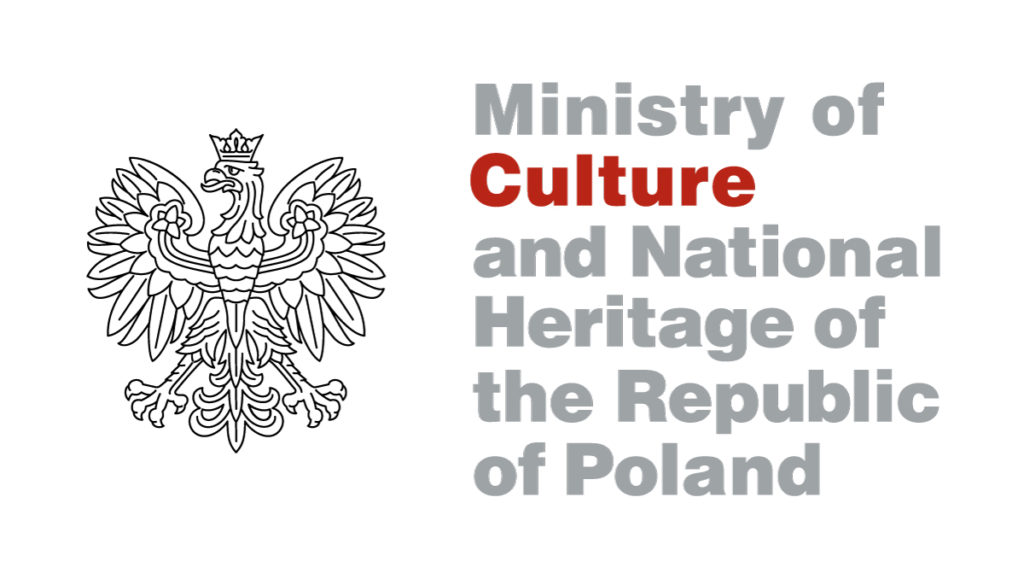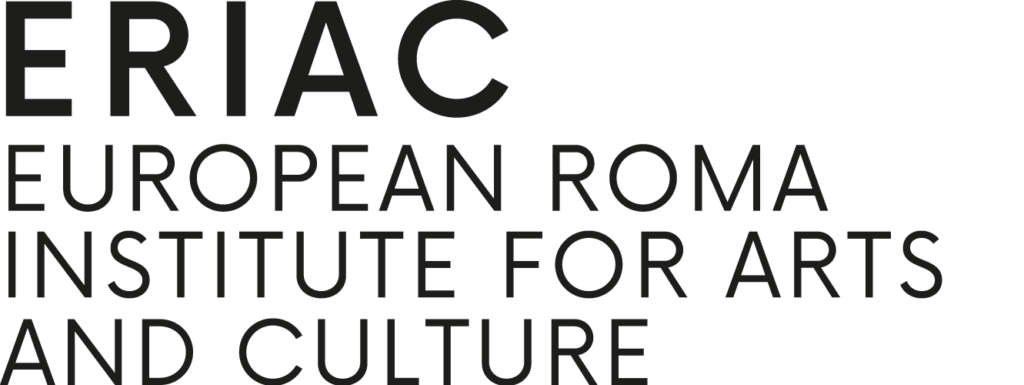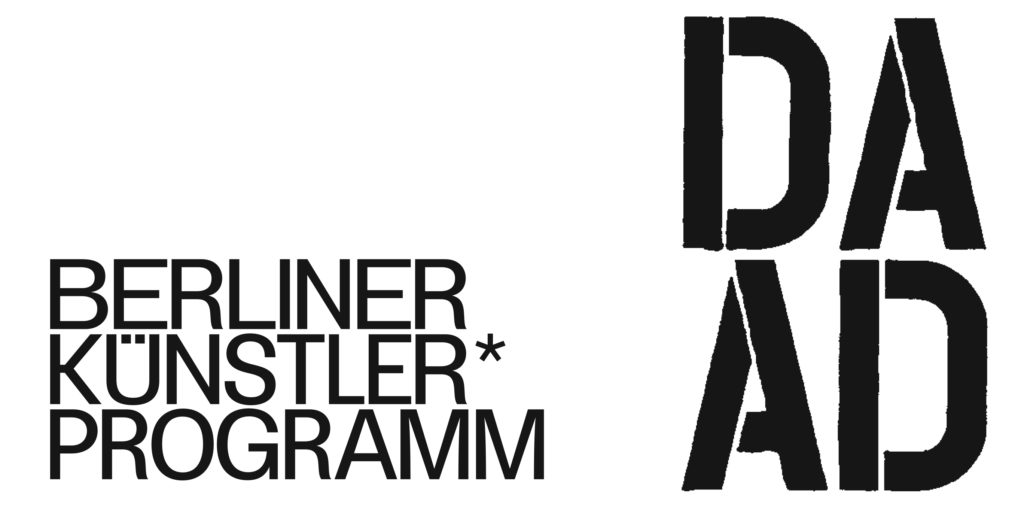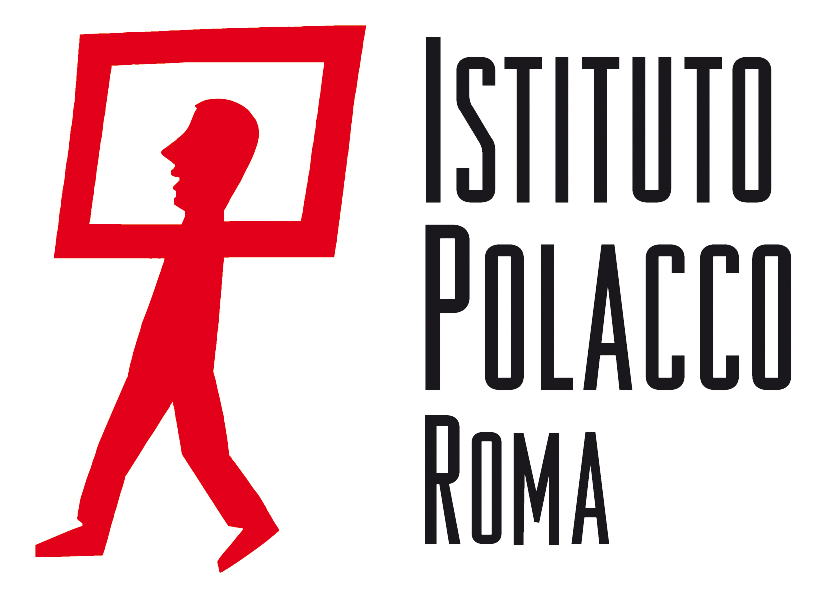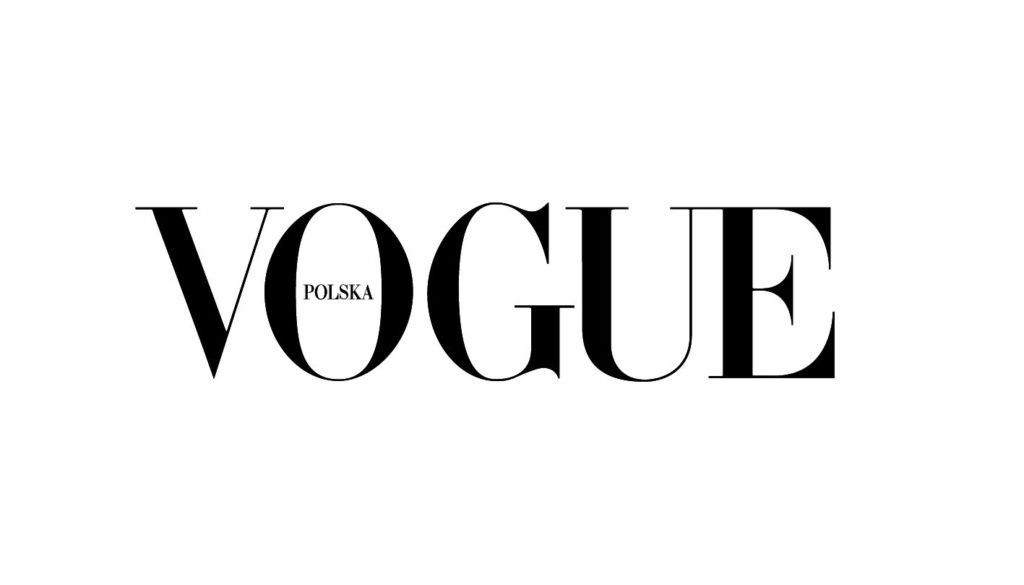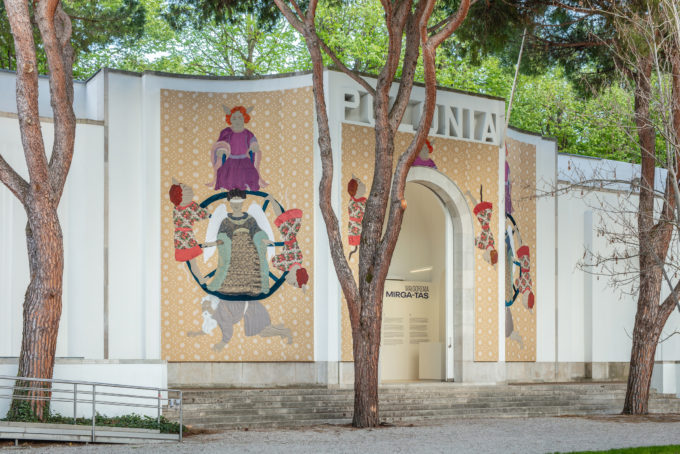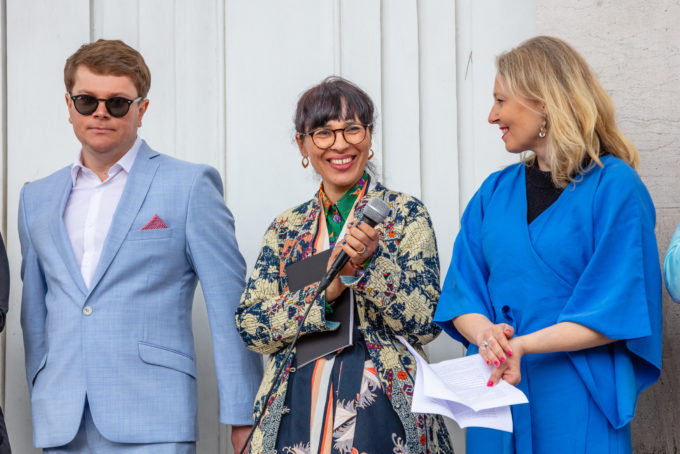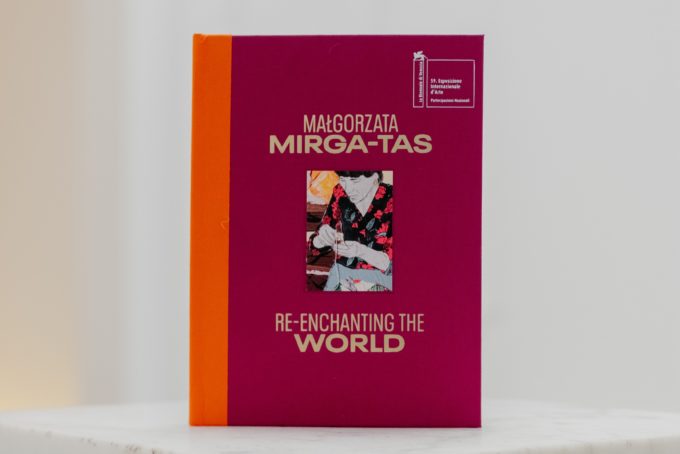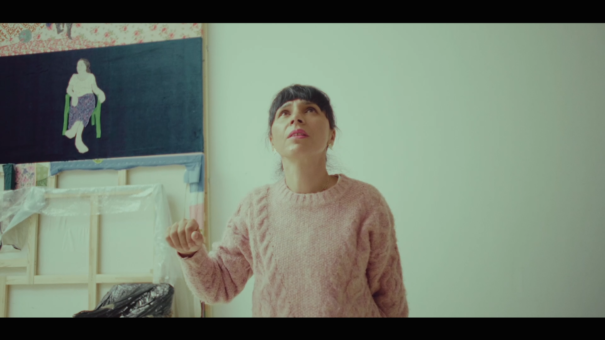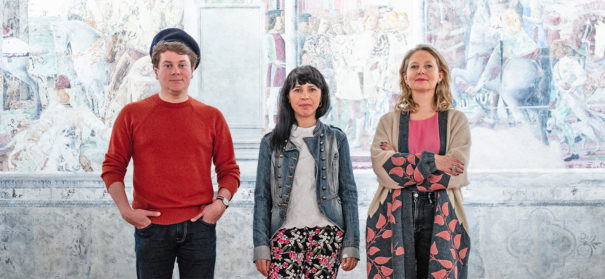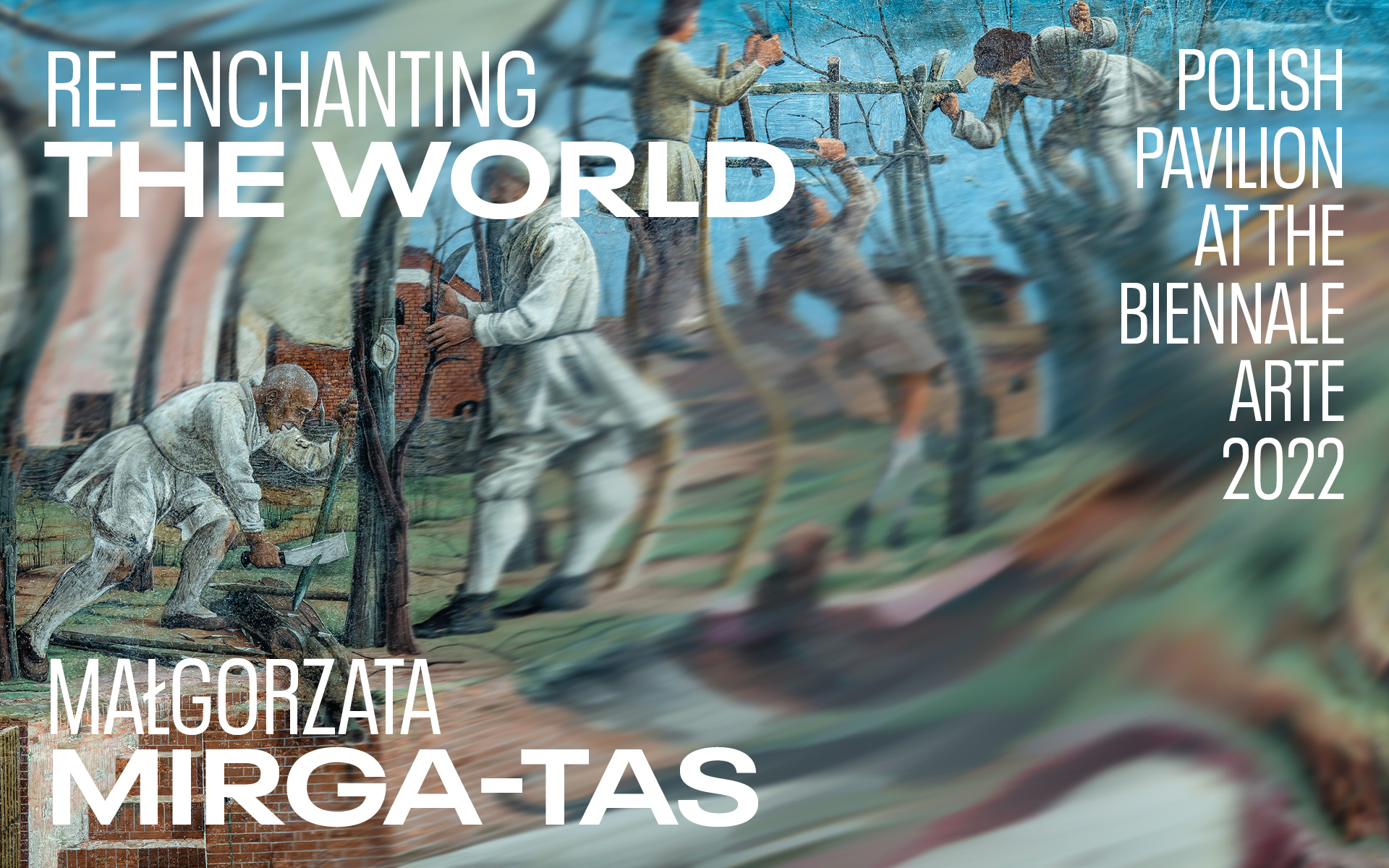
Re-enchanting the World
Małgorzata Mirga-Tas
For the first time in the over-120-year history of the International Art Exhibition of La Biennale di Venezia, a Roma artist is representing a national pavilion. The project Re-enchanting the World by Małgorzata Mirga-Tas, prepared specifically for the Polish Pavilion at the Biennale Arte 2022, is an attempt to find the place of the Roma community in European art history. The exhibition proposed by curators Wojciech Szymański and Joanna Warsza was the winner of a competition organised by Zachęta — National Gallery of Art.
Re-enchanting the World is Małgorzata Mirga-Tas’s manifesto on Roma identity and art, drawing inspiration from the astrological frescos of the Palazzo Schifanoia in Ferrara. You are about to enter a ‘picture palace’, an installation of twelve large-format textiles, corresponding to the months of the calendar, which expands the history of art with representations of the culture of the Roma, the largest European minority.
Palazzo Schifanoia is the place which gave rise to art historian Aby Warburg’s concept of Nachleben, the life-after-life of images. The zodiac signs, the decan system, allegories of months, cyclicity and the migration of symbols across time and continents — between India, Persia, Asia Minor, ancient Greece, Egypt and Europe – become visual and ideological points of reference for Małgorzata Mirga-Tas, who inscribes them in a specific Polish-Roma vernacular historical experience.
The upper band depicts the story of the mythical journey of the Roma to Europe, based on a series of seventeenth-century prints by the Lorraine engraver Jacques Callot, which the artist decolonises. The middle band is an affective archive of Roma herstories, combining images of real women with magic and astrology. The lower band depicts everyday life in the artist’s hometown, Czarna Góra, and in other Roma settlements in Podhale and Spiš in the Tatra mountains.
The title is inspired by Silvia Federici’s book Re-enchanting the World: Feminism and the Politics of the Commons (2018). Its author posits recovering the idea of community and rebuilding relationships with others, including non-human actors: animals, plants, water or mountains. This non-violent process, in which women play an important role, reverses the world’s current dire fate, shaking off the evil spell that has been cast upon it.
—Wojciech Szymański & Joanna Warsza.
The exhibition is accompanied by a catalogue edited by Wojciech Szymański and Joanna Warsza, which, in addition to the curators’ texts includes essays by specially invited writers (Ali Smith, Damian Le Bas, scholar Ethel Brooks), and poems by Teresa Mirga and Jan Mirga. The catalogue is co-published by Archive Books and ERIAC, and can be also downloaded as a pdf file for free from the website.
- YEAR2022
- CATEGORY Biennale Arte
- EDITION59
- DATES23.04–27.11
- COMMISSIONERJanusz Janowski (from 2022), Hanna Wróblewska (till 2021)
- CURATORWojciech Szymański, Joanna Warsza
Poland’s participation in the 59th International Art Exhibition of La Biennale di Venezia is made possible through the financial support of the Ministry of Culture and National Heritage of the Republic of Poland.
exhibition partners: Adam Mickiewicz Institute, European Roma Institute for Arts and Culture (ERIAC)
publication supported by the DAAD Artists-in-Berlin Program with funds from the German Federal Foreign Office
collaboration: Polish Institute in Rome
media patronage: Vogue Poland
Artist
Małgorzata Mirga-Tas is a Polish-Roma artist and activist. In her works, sculptures, paintings, spatial objects and large-format textiles, she addresses anti-Romani stereotypes and engages in building an affirmative iconography of Roma communities. She graduated from the Faculty of Sculpture at the Academy of Fine Arts in Krakow (2004). She participated in several dozen individual and group exhibitions, including the 11th Berlin Biennale (2020), the Art Encounters Biennial in Timişoara (2019, 2021), 3rd Autostrada Biennale in Prizren (2021), while her works were displayed at the Moravian Gallery in Brno (2017), the Center of Polish Sculpture in Orońsko (2020), Museum of Modern Art in Warsaw (2020), or Rautenstrauch-Joest-Museum in Cologne (2021), among others. She lives and works in Czarna Góra, Poland.
Curators
Wojciech Szymański, art historian and art critic, independent curator. Assistant professor at the Institute of Art History, University of Warsaw, author of several dozen articles, editor and author of monographs and exhibition catalogues, principal investigator and researcher in a number of Polish and international scientific projects; since 2019 he has been editor-in-chief of “Ikonotheka” journal. Curator of numerous art shows, with special interest in contemporary Roma art and its presence in the global art world. He curated the following shows featuring the works of Małgorzata Mirga-Tas: Kali Berga (Krakow 2016, Berlin 2017); The Right to Look (Krakow 2018), 29. Exercises in Ceroplastics (Orońsko 2020), Out of Egypt (Białystok 2021). He is a member of the International Association of Art Critics (AICA). He lives in Krakow.
Joanna Warsza is an independent curator, editor, and Program Director of CuratorLab at Konstfack University of Arts in Stockholm. Recently she co-curated, together with Övül Ö. Durmusoglu, Die Balkone in Berlin, the 3rd Autostrada Biennale in Kosovo, and the 12th Survival Kit in Riga. She was also the Artistic Director of Public Art Munich 2018, curator of the Georgian Pavilion at the Biennale Arte 2013, head of the public program of Manifesta 10 and associate curator of the 7th Berlin Biennale at the invitation of Artur Żmijewski. Her recent publications include Red Love. A Reader on Alexandra Kollontai (with Maria Lind and Michele Masucci, 2020), and And Warren Niesłuchowski Was There: Guest, Host, Ghost (with Sina Najafi; published by Cabinet Books and Museum of Modern Art Warsaw, 2020). Originally from Warsaw, she lives in Berlin.
Partners
The Adam Mickiewicz Institute is a national cultural institution. Its mission is to build lasting interest in Polish culture globally. The Institute works with foreign partners and initiates international cultural exchange in accordance with Poland’s foreign policy. The Institute has implemented cultural projects on six continents, in 70 countries, including the United Kingdom, France, Russia, Israel, Germany, Turkey, the USA, Canada, Australia, Morocco, Ukraine, Lithuania, Latvia, China, Japan, and Korea. The Institute has implemented 38 strategic programmes, and held events attended by an audience of 60 million. The Culture.pl website provides fresh information on the most exciting Polish cultural events around the globe. It is also the biggest and most comprehensive source of knowledge about Polish culture. The Adam Mickiewicz Institute is governed by the Ministry of Culture and National Heritage. More at www.iam.pl/en.
The European Roma Institute for Arts and Culture e.V. (ERIAC) has a unique and single mandate as the transnational, European-level organization for the recognition of Roma arts and culture. ERIAC is a joint initiative of the Council of Europe, the Open Society Foundations, and the Roma Leaders’ initiative – the Alliance for the European Roma Institute for Arts and Culture, which represents a historical and ground-breaking development, initiated by Roma intellectuals and public figures, as a result of over four decades of Roma cultural activism and artistic movement. From its beginnings, the ERIAC office in Berlin has served as the headquarters to support the large network of Roma individuals and organizations working in the fields of arts and culture, and also has given space to a contemporary art gallery and an educational program which is open to the public and welcomes individual visitors and visitor groups. ERIAC exists to increase the self-esteem of Roma and to decrease negative prejudice of the majority population towards the Roma by means of arts, culture, history, and media. More at www.eriac.org.
Press
Press release: English (670 KB | pdf) (2 MB | docx) Italian (659 KB | pdf) (633 KB | docx)
Exhibition images (48 MB | zip)
Press images (107 MB | zip)

